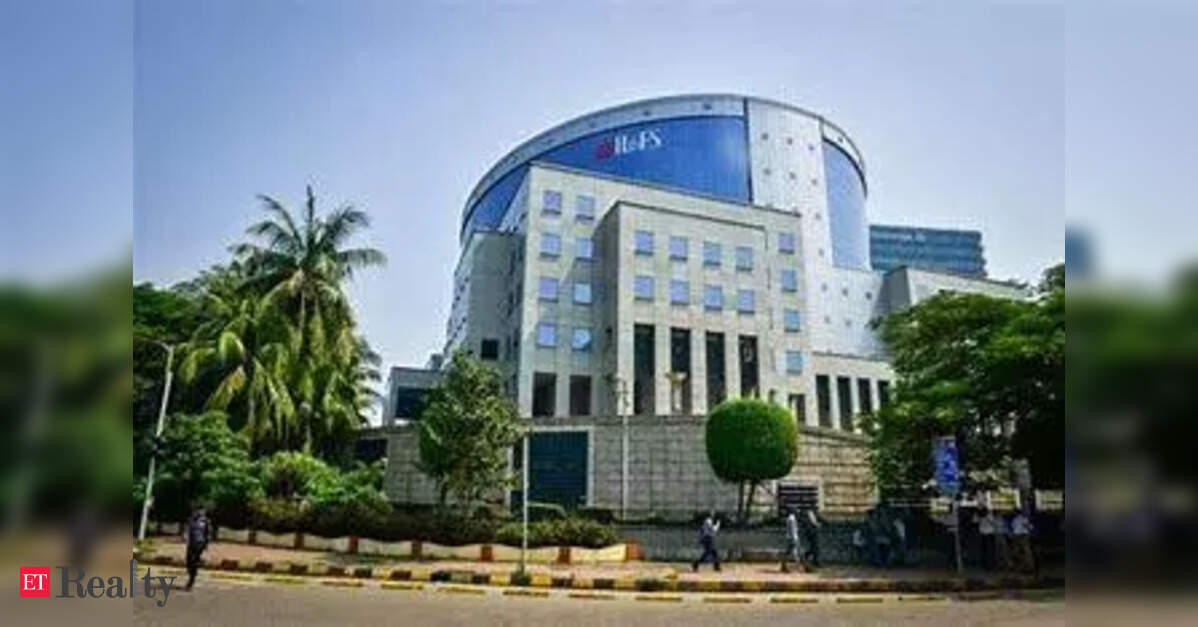
Recent data indicates that at least 20% of new investments into global capability centers (GCCs) over the next couple of years will adopt a “hub plus one” strategy. This approach allows firms to expand from metropolitan areas into tier-II cities.
“Establishing a second delivery center reduces the risks associated with over-reliance on a single location,” stated Vikram Ahuja, cofounder of ANSR, an organization that assists clients in setting up GCCs nationwide. “Advancements in both physical and digital infrastructure are making these cities increasingly viable for global delivery.”
Experts reveal that this model is rapidly gaining traction due to factors like talent diversification, cost efficiency, and business continuity. GCCs are becoming key players in attracting technological talent, even as traditional outsourcing firms struggle with job losses and growth challenges globally.
In metropolitan areas, GCCs are viewed as nerve centers for intricate research and development, high-value operations, and global process management. Conversely, the ‘plus one’ centers usually manage standardized or volume-driven tasks, along with support functions that may contain specialized skill groups.
Moreover, emerging cities are becoming home to unique, high-quality talent, particularly in fields like analytics, cybersecurity, and digital engineering. Ahuja pointed out that these areas are evolving into self-sufficient innovation hubs.
“The Hub Plus One model signifies a broader trend toward a more dispersed GCC framework,” commented Alouk Kumar, CEO of Inductus. He noted that while core functions will remain in established metropolitan centers, scalable and repeatable operations are increasingly moving to various “plus one” or even “plus X” locations.
Kumar emphasized the necessity for streamlined government efforts to address existing gaps for efficient execution and immediate action as national and state governments work to facilitate GCC setups.
Hub and Spoke
“This strategy merges the strengths of tier-I cities with the scalability of tier-II hubs, helping companies mitigate location risks while maximizing cost efficiency,” said Kapil Joshi, CEO of Quess IT Staffing. “By 2026, these cities are projected to contribute 15-18% of net new GCC hiring, as the ‘Hubs Plus One’ strategy shifts from pilot to mainstream.”
Tier-II and III locations are increasingly sought for shared services, mid-office functions, digital engineering, and cloud support.
Hiring in tier-II and III cities is outpacing that in tier-I hubs. According to Quess data, in Q1 FY26, hiring in Coimbatore grew 34% sequentially, in Kochi by 28%, and in Ahmedabad by 25%, all surpassing the growth rates of the six metropolitan areas where hiring increased by 3-10%. On average, GCC hiring in tier-II cities is rising at nearly 20% quarter-over-quarter.
However, challenges persist.
Tier-2 cities continue to struggle with the demand for advanced digital skills like full-stack DevOps, GenAI engineering, and L3+ cybersecurity roles. Approximately 50% of complex job requirements are redirected to tier-1 locations, where talent density, networking opportunities, and high-profile projects remain appealing to senior professionals, according to Quess.
By the end of June, more than 20 Fortune Global 500 companies operating GCCs in India were utilizing emerging hubs as “plus one” centers, according to ANSR data.
For example, Uber operates centers in Hyderabad and Bengaluru, with a “plus one” in Vizag. Allianz has a metro center in Pune and a satellite in Trivandrum, while Ford has established a presence in Coimbatore along with its centers in Bengaluru, NCR, and Chennai.
Despite advancements, many tier-2 and 3 cities still lag in terms of Grade-A office spaces, power reliability, internet bandwidth, and urban mobility, noted Ahuja.




